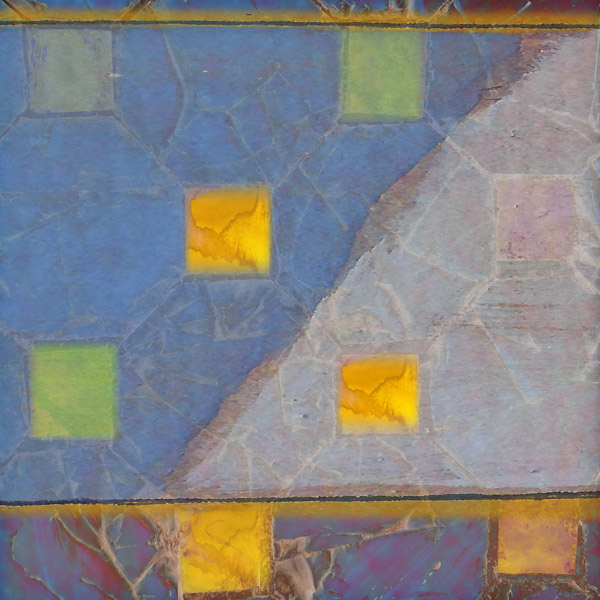Branch Creek trickled with wavering determination from the La Panza Range down to the Estrella River.
She asked her father if they could buy the land. He explained it was BLM land and not for sale. The Bureau of Land Management was responsible for looking after it.
She asked him why some land could be owned and some couldn’t. Her father smiled and said there were a few different ways of looking at it.
Their deed for this private parcel was recorded with San Luis Obispo County, which meant it was theirs, but maybe the idea of owning land didn’t mean as much as some people thought.
He told her their land was a responsibility, not just a possession. He explained this opinion wasn’t commonly shared, especially by miners and loggers, oil and gas drillers and real estate developers.
She asked him if this would ever change. If more people might start thinking about the land as something that wasn’t owned.
He told her it might, that every now and then the world steps back to take a look at itself and notices something that needs fixing.
He mentioned that somehow, a time managed to come along after tens of thousands of years, when the world decided the practice of people owning people was abhorrent and slaves were set free.
She asked him what would happen if the land was set free.
Would people who didn’t own any land show up here and build a house, maybe where it would block the view from her bedroom window?
Would somebody build a factory or start drilling for oil? Would the water in Branch Creek stop flowing?
He told her it might not be much of a stretch to go from respecting human rights to respecting the rights of the land.
Then they stopped talking.
She was out of questions and needed to digest things.






